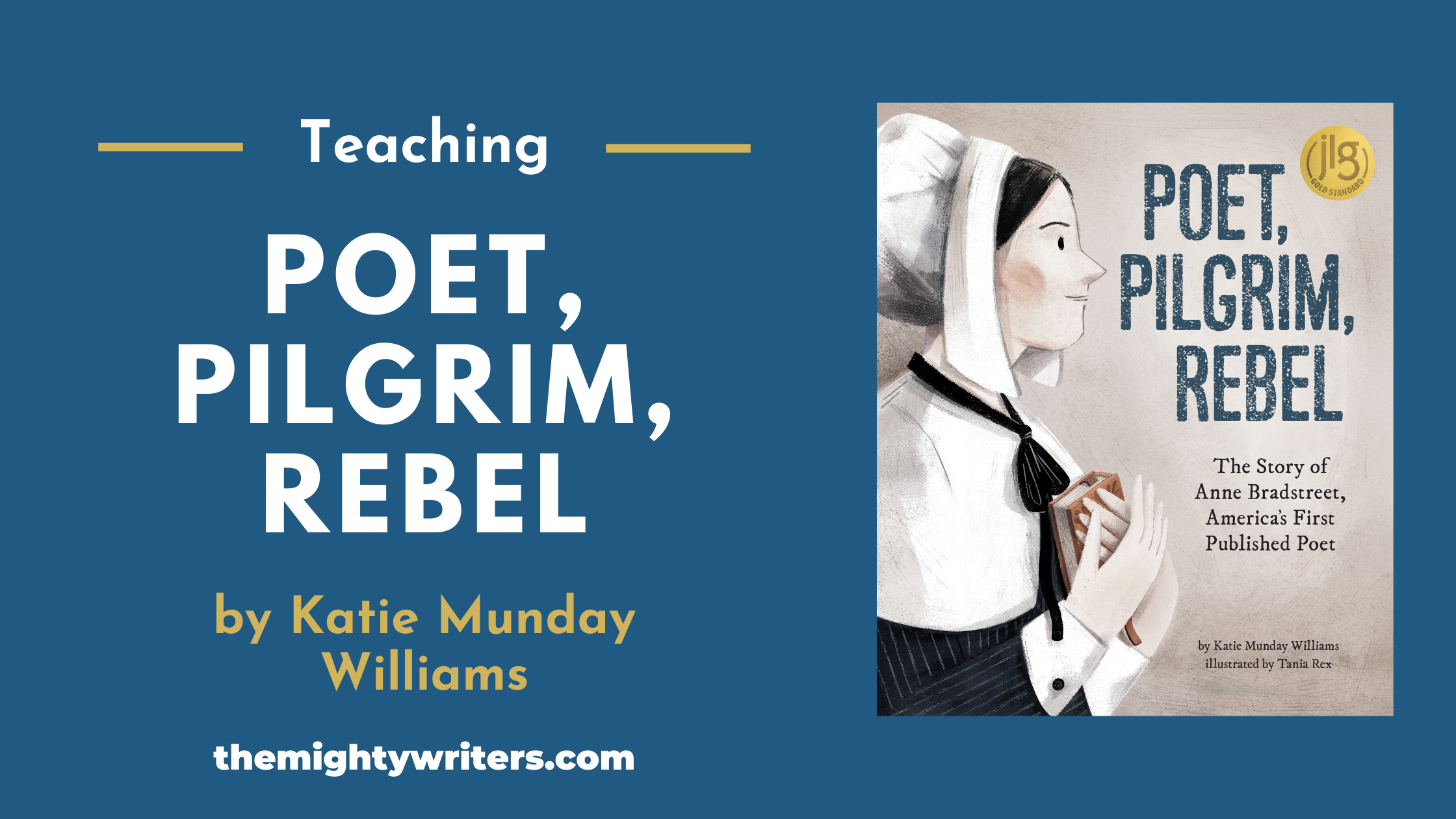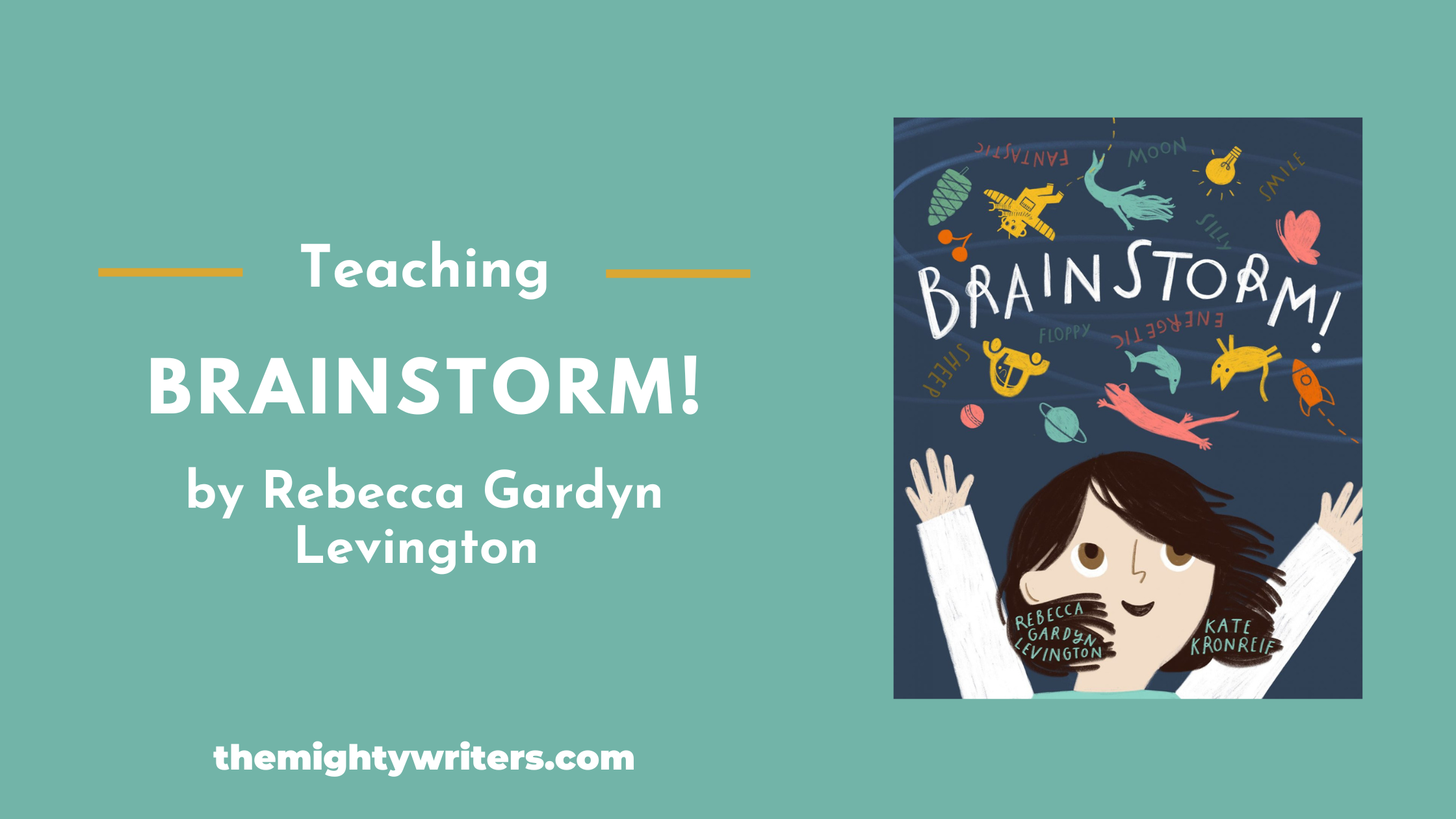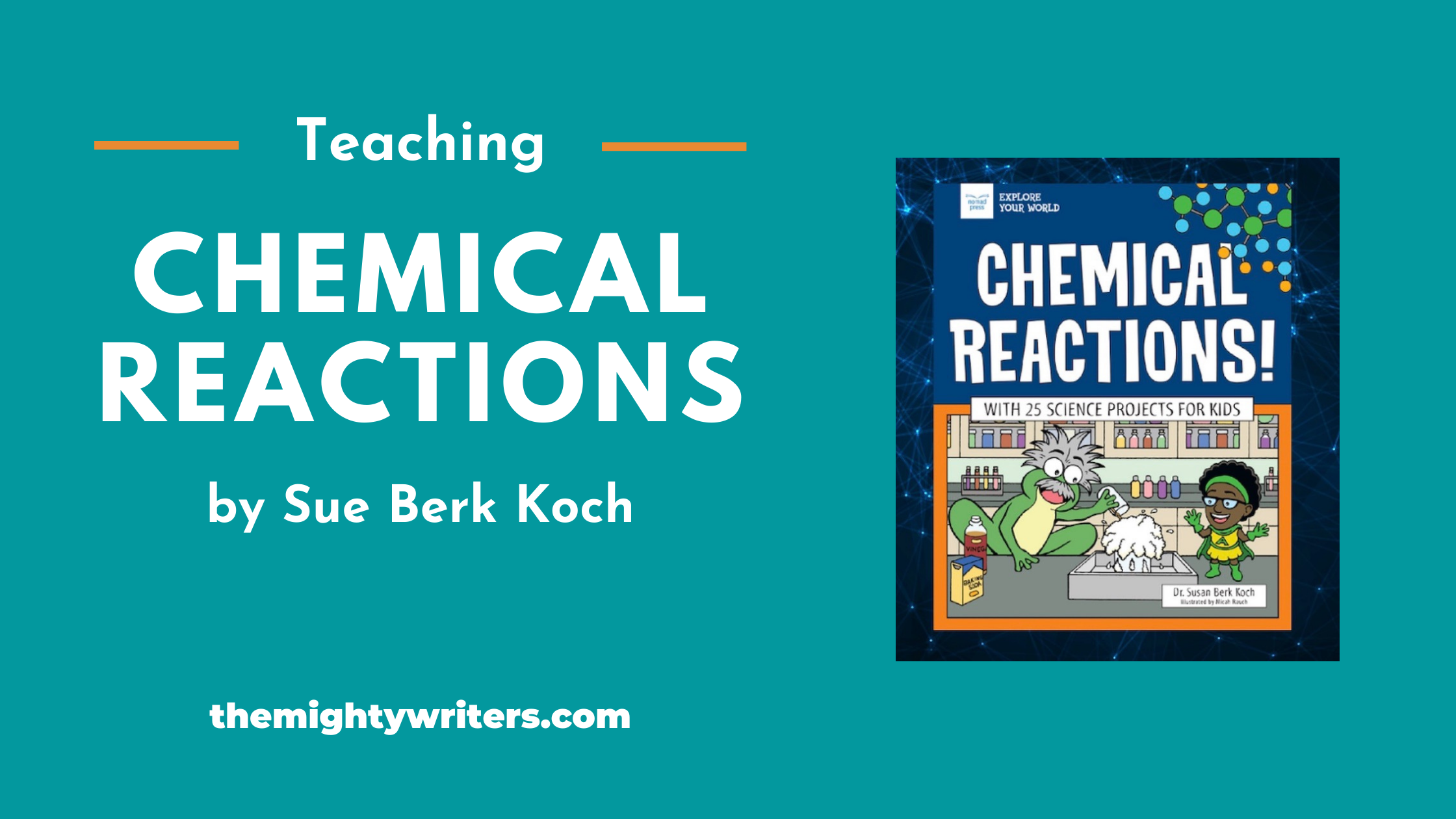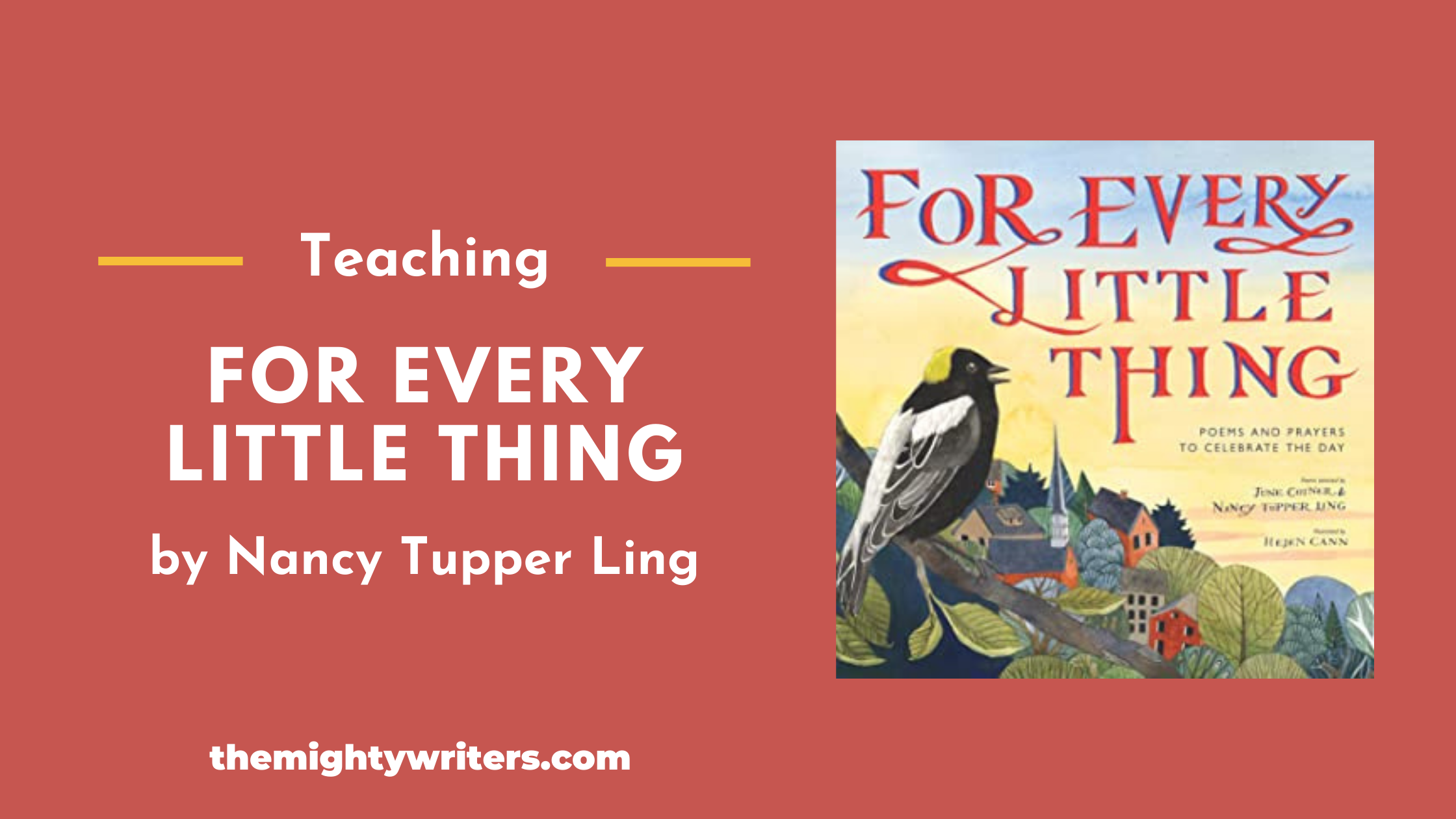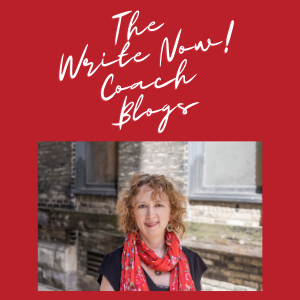A Note to Readers
I am delighted to welcome Katie Munday Williams to the blog! She’s written a beautiful book about Anne Bradstreet. Here she talks about how you can use this marvelous resource in your classroom.
Enjoy!
Rochelle
Teaching Poet, Pilgrim, Rebel
Tell us about your book.
Poet, Pilgrim, Rebel: The Story of Anne Bradstreet, America’s First Published Poet is about perseverance in the face of adversity. Anne lived in the 1600’s, a time when women, especially Puritan women, were discouraged from voicing their opinions. This book is about Anne’s desire to write and the obstacles she overcame to do so.
What do you hope your young readers will take away from your book?
I would love for children to see themselves in Anne–to see that no matter how hard it is to find your voice, it’s worth it to do so. Anne had to walk a fine line between her duties and her desire to write, even going so far as to ridicule herself in her poems so as not to appear too threatening to men. My hope is that young readers today will see how far we’ve come, in part due to early feminists like Anne.
How might a teacher or librarian use your book in the classroom?
Poet, Pilgrim, Rebel is a great classroom tool for many reasons. Anne was a feminist, whether she knew it or not, and this book will fit right in to Women’s History Month. It can be used to discuss the many obstacles women of Anne’s time had, the barriers that still exist today, and the work that still needs to be done. The Educator’s Guide also discusses how the early settlers stole land from the native Americans and provides resources on this topic. In addition, it can be used to encourage children to find their own artistic talents, whether it be through stories, art, poetry, dance, music, etc.
Can you share an exercise or activity that teachers can do with students after they’ve read your book?
One fun activity is to discuss common poetic structures and have the children write their own. Read books that exemplify each style and try to have the children guess which style it is.
Examples include:
- Blank verse—doesn’t rhyme, often done in iambic pentameter; Example: The Night Horse by April Wayland.
- Rhymed poetry—Example: Little Red Rhyming Hood by Sue Fliess
- Free verse—lacks consistent rhyme scheme, meter, or musical form; Examples: Giant Squid and Honeybee by Candace Fleming
- Haiku—3 line poem originating in Japan. The first line has 5 syllables, the 2nd has 7, and the 3rd has 5 again. Examples:Dogku by Andrew Clements; Whoo-Ku Haiku: A Great Horned Owl Story by Maria Gianferrari
A free downloadable version of the complete Educator’s Guide is available on the Beaming Books website.
What book(s) pair well with your book?
Before She Was Harriet by Lesa Cline-Ransome
Mightier Than the Sword by Rochelle Melander
She Heard the Birds by Andrea D’Aquino
Hannah G. Solomon Dared to Make a Difference by Bonnie Lindauer
 About the author. Katie Munday Williams is a Public Health Nurse, Lactation Consultant, and Author. She lives in Santa Cruz, CA with her husband and two children where they enjoy digging for sand crabs and attempting to bring the entire beach home with them in their pants. Poet, Pilgrim, Rebel: The Story of Anne Bradstreet, America’s First Published Poet is her debut picture book.
About the author. Katie Munday Williams is a Public Health Nurse, Lactation Consultant, and Author. She lives in Santa Cruz, CA with her husband and two children where they enjoy digging for sand crabs and attempting to bring the entire beach home with them in their pants. Poet, Pilgrim, Rebel: The Story of Anne Bradstreet, America’s First Published Poet is her debut picture book.

